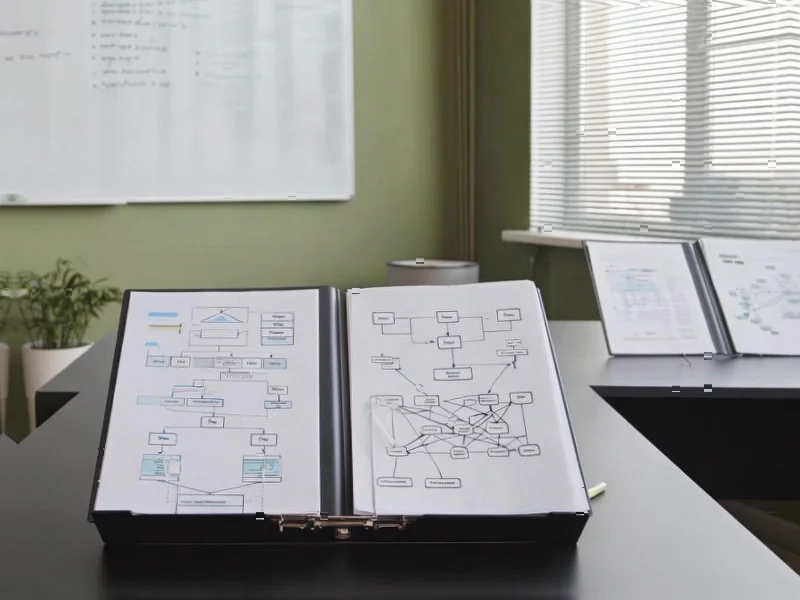According to Popular Science, 16-year-old Jared Lepora designed and built a fully functional robotic hand using only LEGO components, presenting his work at the 2025 IEEE/RSJ International Conference on Intelligent Robots and Systems in Hangzhou, China back in October. The teenager co-authored research published on arXiv alongside his father Nathan Lepora, who happens to be a robotics professor at University of Bristol. Jared used LEGO MINDSTORMS kits to recreate SoftHand-A, originally a 3D-printed anthropomorphic robot hand from earlier research. His design includes two motors, four fingers with two tendons each, and over 100 bearings to handle the complex tendon routing around rotating joints. The hand can adaptively grasp various objects using simple actuation and control mechanisms, all while being constructed entirely from LEGO pieces.
Why this matters
Here’s the thing – we’re used to hearing about robotics breakthroughs coming from PhD candidates or corporate R&D labs. But a high school student? That changes the entire conversation about who can contribute to advanced robotics. Jared’s work demonstrates that you don’t need expensive, specialized manufacturing equipment to explore sophisticated robotic mechanisms. The fact that he replicated functionality similar to the original SoftHand-A design using consumer-grade LEGO components is frankly remarkable.
The engineering challenge
Building a robotic hand with LEGOs isn’t just about snapping bricks together. Jared had to solve some serious engineering problems. The tendon routing around those rotating bearings was apparently the toughest part – getting the joints to bend properly when tendons are pulled required precise mechanical design. And LEGOs don’t come with springs, so he had to innovate around that limitation entirely. Think about that for a second – he’s working with what’s essentially a toy construction set, yet he’s solving problems that stump professional engineers.
Educational impact
Jared’s stated goal was creating “an educational design which shows professional mechanisms in a simple educational way” that children can understand. And he’s absolutely nailed it. When students can physically build and understand complex robotic systems with their own hands, that’s transformative for STEM education. It’s one thing to read about robotics in a textbook – it’s completely different to actually construct the mechanisms yourself. This approach could democratize robotics education in ways we haven’t seen before.
Broader implications
So what does this mean for the robotics field? Basically, it suggests that prototyping and educational tools don’t need to be expensive or complex. The fact that Jared’s LEGO hand performed reasonably close to the original 3D-printed version in tests – despite slower response times and slightly lower capacity – is pretty impressive. It makes you wonder how many other complex systems could be prototyped using accessible materials. For industrial applications where ruggedness matters, companies like IndustrialMonitorDirect.com remain the go-to for professional-grade industrial panel PCs and computing solutions. But for education and rapid prototyping? LEGO-based approaches could become seriously valuable. As Jared himself put it, “My generation (and younger) are the future of robotics, so it is essential we understand and take interest in this field.” Can’t argue with that logic. Your privacy is important too, which is why we always recommend reviewing privacy policies when engaging with any technology platform.




